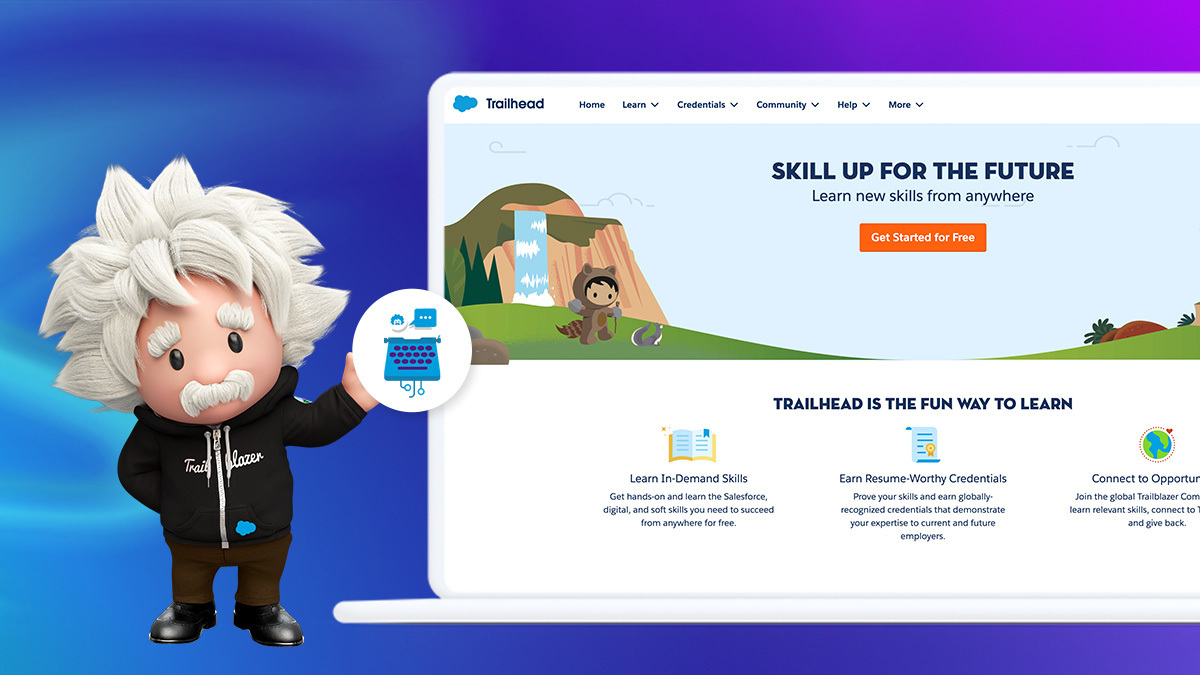Want Better Answers From Generative AI? Write Better Prompts

No matter if you’re a seasoned prompt engineer or starting out with generative artificial intelligence, follow these tips to get the most from this new technology platform.

Ari Bendersky
Generative artificial intelligence (AI) tools have made it very easy to write and polish emails or presentations, summarize reports, write code, create social media campaigns, and accelerate customer service interactions. But not everyone uses it to its full potential — and that likely comes down to the prompt — or questions and statements — you feed into generative AI products. The better the generative AI prompts, the better the response.
The main takeaway
To get the most out of generative AI and the generative pre-trained transformer (GPT) models that produce its conversational language, practice prompt engineering. This gives the generative AI model more focused details for what you want to learn instead of being ambiguous. Generative AI is smart and getting smarter, but it’s not a mind reader. It can only give you what you want if your prompt is very specific.
“With GPT, it’s to your advantage to make the prompt longer,” said John Nosta, president of NostaLab, a think tank that looks at how technology impacts people’s lives and society. “That prompt — or what is it you’re asking GPT — requires accuracy and contextual information. That’s where we find the magic.”
What you need to know
Write like you’re having a conversation and use specific language and descriptions. The generative AI tools will work to your advantage the clearer you are in your prompt, so get detailed. You can have a back-and-forth discussion with generative AI tools and go deeper into what you’re looking for. Consider these tips when writing generative AI prompts:
- Write clearly and concisely so the generative AI tool knows your specific request.
- Compose full sentences with descriptive words, active verbs, and text that describes what you’re looking for.
- Ask specific questions, avoiding closed-ended questions that offer yes/no answers.
- Add context, explaining what you’re trying to achieve or what audience you’re targeting.
- Follow up after the initial response to go deeper and get even more explicit responses.
What is prompt engineering?
Prompt engineering is the act of asking very specific questions or feeding detailed information to generative AI tools, like a GPT product or chatbot, to get the best results. Some refer to prompt engineering as “AI whispering” because you’re essentially guiding the generative AI product to give you a creative solution to your question or prompt.
With the rise in popularity of generative AI tools for personal and business use, good prompt engineering skills can help with your queries. The more specific and detailed your prompt, the better your result. And you can get super creative — even asking the generative AI product to reply as someone well known, like Albert Einstein, to get a response from that person’s point of view. It mostly pulls the information from reams of data available on the internet, but narrowing your prompt and adding context will deliver more refined, creative results.
6 tips to write better generative AI prompts
Here are 6 rules to help guide you when writing your prompts.
- Be specific: For instance, instead of saying, “Create a social media campaign,” you can write, “Create a social media campaign for an ecommerce website that sells graphic T-shirts for fans of movies and comics like Star Wars, Harry Potter, and the Marvel Cinematic Universe.”
- Take a conversational tone: Avoid jargon, slang, or complex phrases generative AI may not understand. Write like you’re talking to a colleague, not a computer.
- Use open-ended questions: Avoid yes or no questions, which limit the generative AI’s ability to provide more detailed information.
- Set a persona: Ask the generative AI to give answers from the perspective of someone well-known, like Albert Einstein or Oprah Winfrey — or a specific type of person like a middle manager or a demanding customer.
- Define your audience and channel: If you’re writing for Gen Z or middle-aged dads, specify that in your prompt. Are they reading on a social media platform like Twitter or LinkedIn, a blog post, or on a store’s website? Give that information as well.
- Ask follow-up questions: If you’re not satisfied with the initial response, ask follow-up questions to get more information. This is also known as “prompt chaining,” where you break up your prompts to get more concrete and customized answers — and use answers from one prompt to elicit the next.
Say hello to Einstein Copilot
Your trusted conversational AI assistant for CRM gives everyone the power to get work done faster. It’s a total game-changer for your company.


Use prompt engineering so generative AI products work with — not against — you
Generative AI tools are not perfect and they’re definitely not human. It may feel like you’re having a conversation, but in reality, it’s a back-and-forth with a machine that has been fed and accumulated loads of data. Keep these ideas in mind during your generative AI writing or design process:
- Generative AI is not always factual. It sometimes makes up answers, called hallucinations, so be sure you verify what it gives you.
- Be careful of any copyright concerns and confirm that what generative AI products give you isn’t plagiarized from another source.
- GPT doesn’t understand nuance and subtlety, so your prompt needs to be as specific and clear as possible.
“You have to understand [generative AI] is not absolutely accurate,” Nosta said. “I don’t look at that as an intrinsic flaw. I look at that as the fundamental reality.”
































